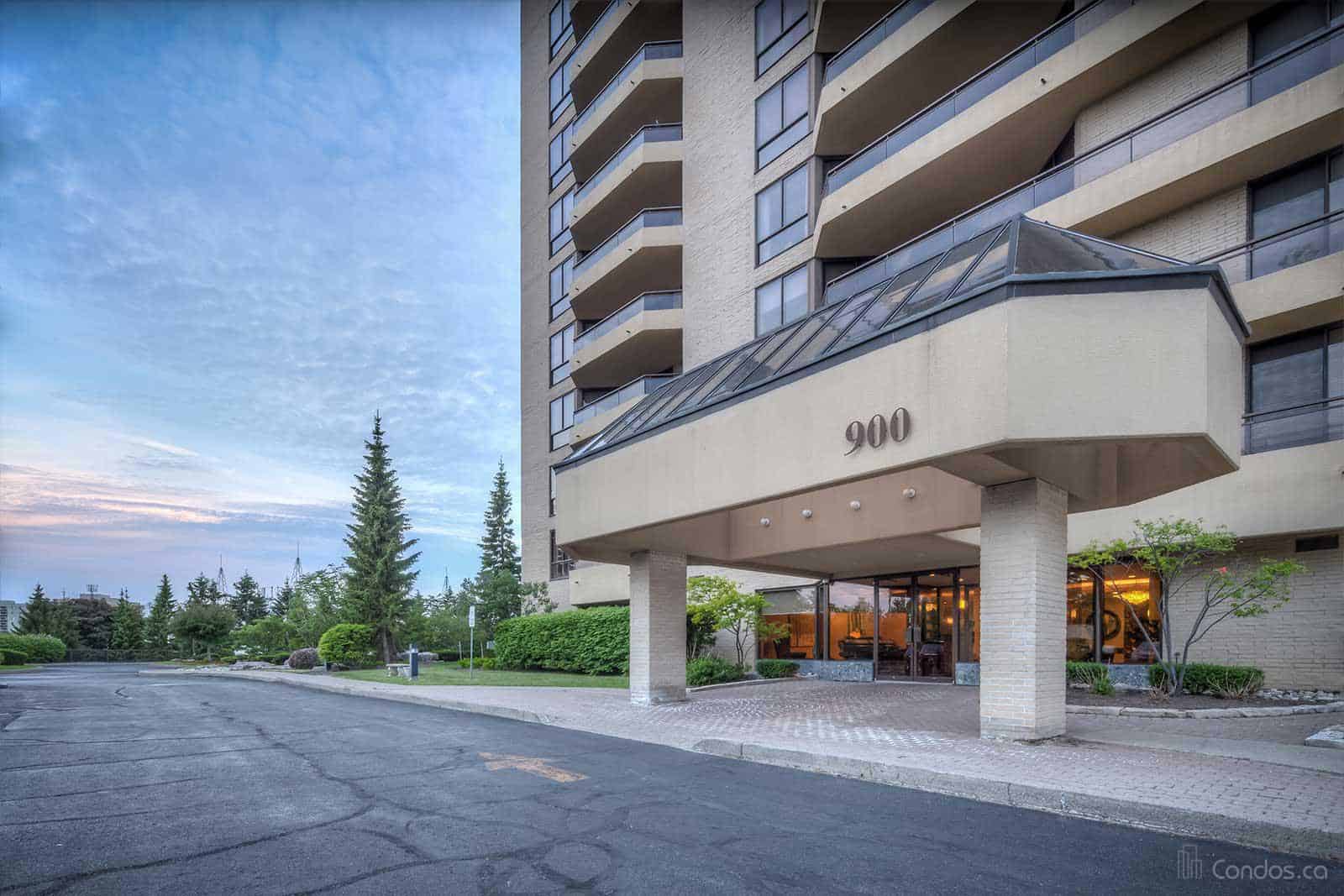Historically low condo inventory rates in Oshawa and the GTA leading to high prices
Published February 4, 2022 at 10:52 am

If you are wondering why condos (like most real estate) are so expensive these days, a report from Strata.ca may have the answer: inventory.
Or, to be exact, lack of inventory.
In a classic story of supply and demand, there is a declining supply of condominiums, leading to pent-up demand, which results in higher prices.
Since the start of the pandemic, condo listings in the GTA peaked in October 2020 with a total of 8,428 units on the market. But inventory levels have been on the decline ever since. The month of January, for example, saw a total of 1,415 condo listings. Compare that to the 3,811 units available in January 2021 – a 63 per cent drop in inventory over just 12 months.
The change is even more profound in Oshawa, says Strata.ca realtor Milan Mitrovic.
“Since the start of the COVID-19 pandemic, Oshawa saw its condo inventory peak in March 2021 with 96 new listings hitting the market that month. But supply has been on the decline ever since,” he said. “Just last month, Oshawa recorded only 33 new listings; a 65 per cent drop since its peak 15 months ago.”
“As inventory levels decline, property values tend to rise. In January 2021, a condo in Oshawa cost an average of $442 per-square-foot. But as of last month, the average cost of a condo was $669 per-square-foot; an increase of 51 per cent compared to one year prior.”
What’s behind this latest supply phenomenon?
Strata.ca‘s Broker of Record (and founder), Robert Van Rhijn, attributes this supply drop (and the competition it’s fuelling) to what he calls a ‘perfect cocktail’ of sentiments among both sellers and buyers at this particular time.
“For starters, sellers don’t want to list their properties right now in the dead of winter. Unless a seller has no choice — they’re usually advised to wait until the busier spring market, rather than list when homebuyers are in hibernation,” he says.
The pandemic itself is also playing a part, added Mitrovic.
“Omicron is still dominating the headlines, so some of my seller clients are closely monitoring how ongoing restrictions may impact the market,” he said. “And then there are others who don’t want to list because they’re simply uncomfortable with people walking through their home when infection rates are still high.”
“Whatever the reason, Omicron is making people think twice about listing, which is driving down inventory rates even further.”
And when it comes to buyers, much of the sentiment there is dominated by FOMO, otherwise known as a ‘fear of missing out’.
“The message that many buyers are hearing is that interest rates may rise this year, so they better purchase something before getting priced out,” said Van Rhijn, who believes an influx of buyers are being pushed into the market, largely driven by a ‘now or never’ mentality.
All these factors have led to higher prices for condos.
In October 2020, prices had dipped to their lowest point since the start of the COVID-19 pandemic when units were selling for an average of $678 per-square-foot. But since then, prices have been rising rapidly with a condo now costing an average of $910 per-square-foot, an increase of 34 per cent in just 15 months.
Some Strata.ca realtors, however, believe that this notorious drought will end in a couple of months.
“I suspect we’ll see a lot of new inventory in March as sellers look to cash out during the busy spring market,” says Mitrovic, who’s also hopeful that competition won’t be as fierce, since all those buyers with FOMO are actually in the market right now.
“Many of those buyers will have purchased something and exited the market by spring, leading to less competition and a fairer playing field overall.”
INdurham's Editorial Standards and Policies




